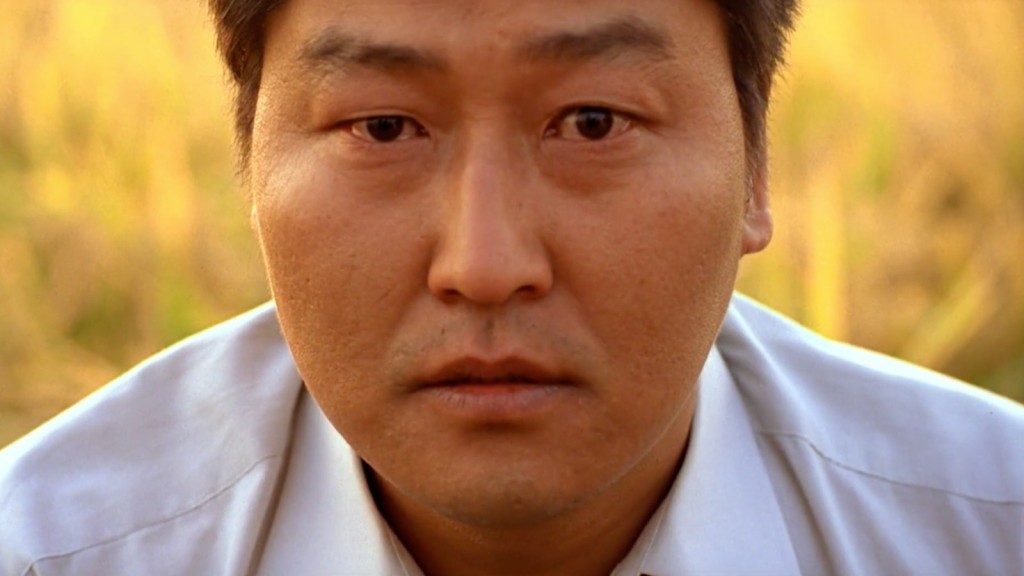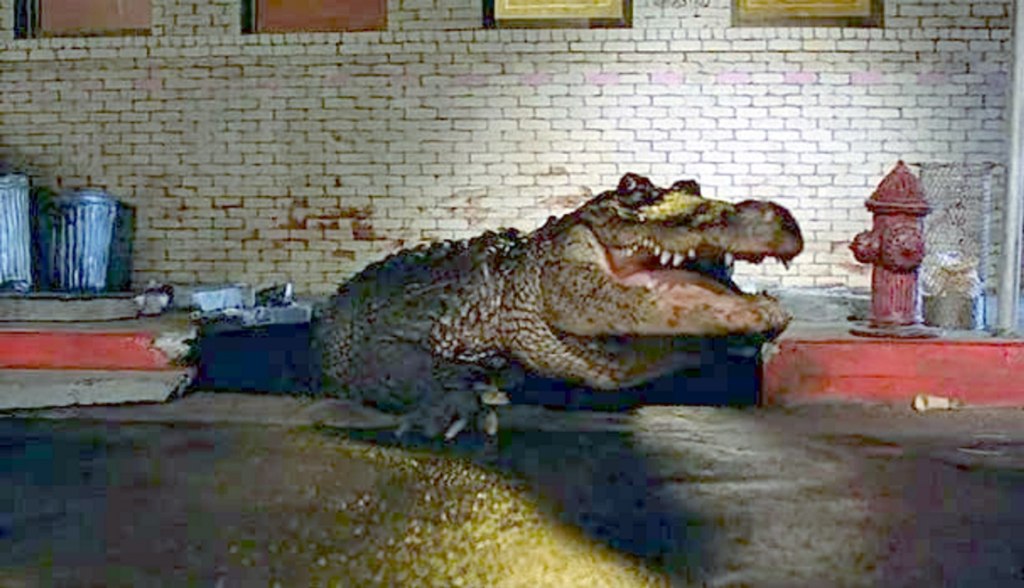Category: Analysis
-
ANALYSIS: Toxic Masculinity and Male Aggression in BLACK CHRISTMAS (1974)

As we conclude our examination of all things Black Christmas, Becci Sayce looks at the representation of gendered violence in Bob Clark’s classic slasher… Ho-ho-horror has a long history with Christmas films, blood-splattered snow marking the start of the season for genre fans. And one of the most revolutionary titles over the past five decades…
-
TOP 10: Serial Killer Films for True Crime fans

As we conclude our celebration of Fincher’s Zodiac (2007) Becci Sayce runs down her top recommendations of other films based on real serial killers… True crime entertainment has experienced a boom over the past decade with a number of award-winning documentaries and podcasts focusing on the morbid topic. However this unusual fascination is nothing new, with…
-
ANALYSIS: ZODIAC, DAHMER and Real-life Horror as Mainstream Success

The relationship between real-world killers and their fictional representations is often a blurry one. Here Valerie Pullin puts it under the microscope… How often have horror fans heard the phrase, “I couldn’t watch that stuff; there’s too much real-life horror”? The same, however, is not said for thrillers such as Zodiac, Seven or the numerous serial killer documentaries…
-
ANALYSIS: To ZODIAC and Beyond – The Soundtracks of David Shire

As we conclude our celebration of David Fincher’s Zodiac (2007), Johnny Restall zeroes in on the soundtracks of David Shire… If asked about the music they remember from David Fincher’s Zodiac (2007), many viewers would probably think of the 1968 Donovan song Hurdy Gurdy Man. The track is used to undeniably memorable effect during the opening scenes, curdling…
-
ANALYSIS: The Elastic Morals of John Kramer

Unlike many movie murderers, John Kramer – a.k.a. Jigsaw – has a code. Or does he? Here Mitch Bain investigates the malleable morality of the Saw movies… There’s definitely something to be said for the enduring power of the Saw franchise. Unlike David Gordon Green’s hasty whitewashing of the Halloween timeline (and his inbound similar treatment of The Exorcist), the…
-
ANALYSIS: How social control creates terror in the SAW-verse

For nearly 20 years the Saw series has spun an elaborate web of game-playing torture. With tenth entry Saw X currently in UK cinemas Becci Sayce examines how the franchise uses social control to scare… Since first hitting cinemas in 2004 Saw cemented itself as a horror classic, spawning an entire franchise that changed the…
-
ANALYSIS: “These may be my only memories of Hollywood” – In Defence of SCREAM 3 (2000)

Largely unloved at the time of release, Wes Craven’s Scream three-quel (Scream-quel?) initially fell flat. But have the ensuing decades been kind to Ghost Face’s third outing? Tim Coleman makes the case… It’s no exaggeration to say that Scream (1996) is one of the most influential horror films ever made. As well as completing a…
-
ANALYSIS: The J-Horror that goes Deeper – AUDITION (1999)

As we celebrate Audition on the Moving Pictures podcast, Paul Wooldridge divers deeper into Takashi Miike’s subversive classic… Renowned for his gleeful exploration of taboo topics, graphic depictions of sex and violence and for challenging his audience with his own brand of subversive Japanese extremity, Takashi Miike is one of a kind. And although his…
-
ANALYSIS: Childhood fears in ALLIGATOR (1980)

Five years after Jaws made creature features hot property again, director Lewis Teague ventured into the sewers to confront a pervasive urban myth… The idea of baby alligators living in city sewers has been around for decades. And although the New York Times describes this as being mostly untrue – gators could not survive for…
-
ANALYSIS: Based on a True Story – 10 Years of THE CONJURING (2013)

To celebrate it’s 10th birthday – as well as its retrospective screening at FrightFest 2023 – Ygraine Hackett-Cantabrana looks back at the events which inspired James Wan’s influential chiller… Directed by James Wan and written by Chad Hayes and Carey W. Hayes, The Conjuring would prove incredibly influential with its William Castle-esque frights and endearing…